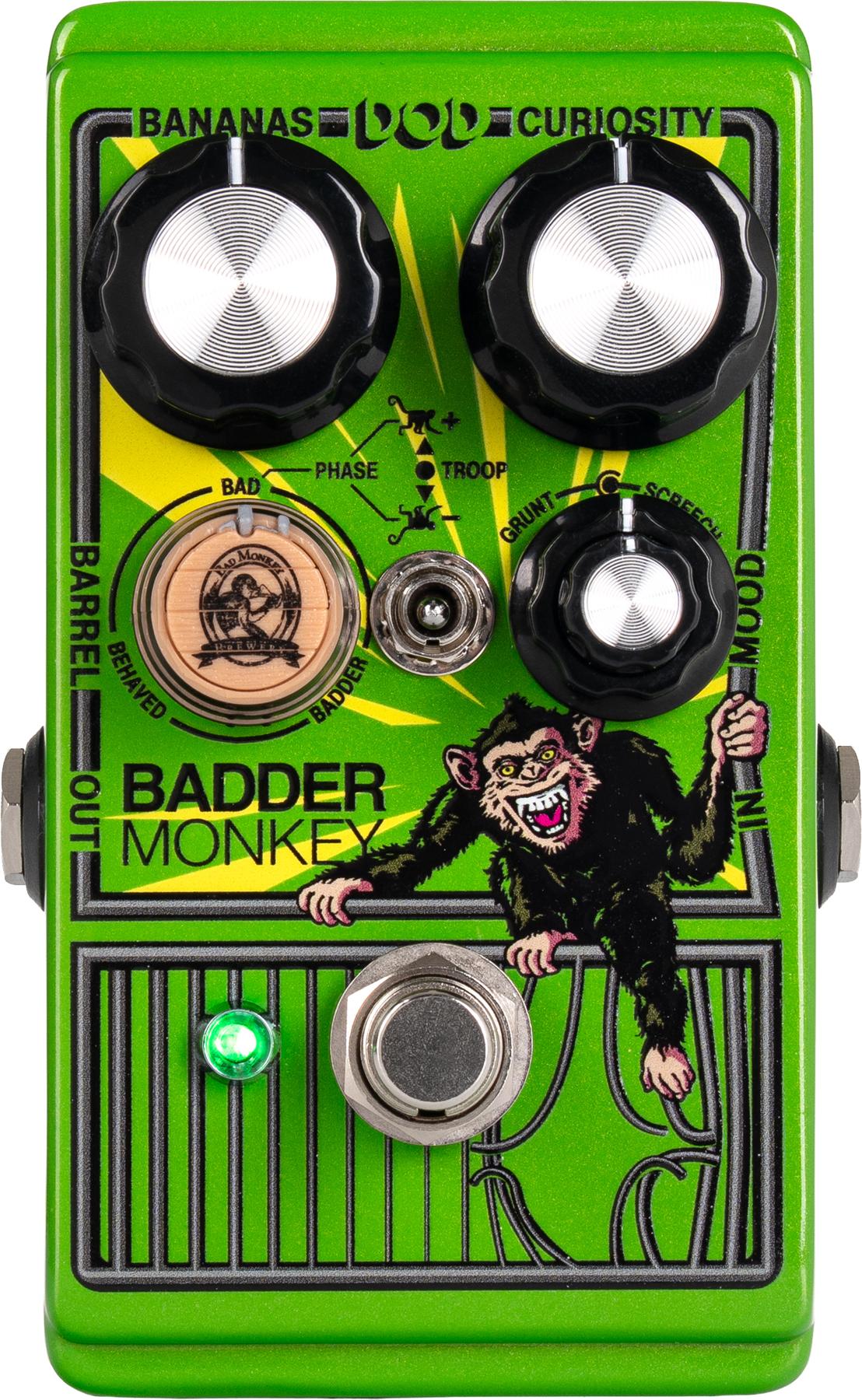Indianapolis, IN (March 30, 2009) -- The Mod Tone MT-CB Clean Boost is an American designed true bypass boutique style pedal, useful for both electric and acoustic guitars.
Designed with pristine horsepower in mind, Mod Tone says the pedal gives the right amount of boost to your signal with no added noise or unwanted fuzz. Mod Tone says this tone shaping booster pedal helps your tone become more focused and alive. Features include a proprietary circuit design that allows up to 25db of boost, a 12 o’clock unity gain, and a tone knob designed for bass boost, treble boost, or anything in between. Additionally, Mod Tone says this pedal acts like four pedals in one with volume boost, volume cut, and treble and bass boost.
For more info, check out shsint.net and mod-effects.com.
Designed with pristine horsepower in mind, Mod Tone says the pedal gives the right amount of boost to your signal with no added noise or unwanted fuzz. Mod Tone says this tone shaping booster pedal helps your tone become more focused and alive. Features include a proprietary circuit design that allows up to 25db of boost, a 12 o’clock unity gain, and a tone knob designed for bass boost, treble boost, or anything in between. Additionally, Mod Tone says this pedal acts like four pedals in one with volume boost, volume cut, and treble and bass boost.
For more info, check out shsint.net and mod-effects.com.

















![Rig Rundown: Russian Circles’ Mike Sullivan [2025]](https://www.premierguitar.com/media-library/youtube.jpg?id=62303631&width=1245&height=700&quality=70&coordinates=0%2C0%2C0%2C0)









